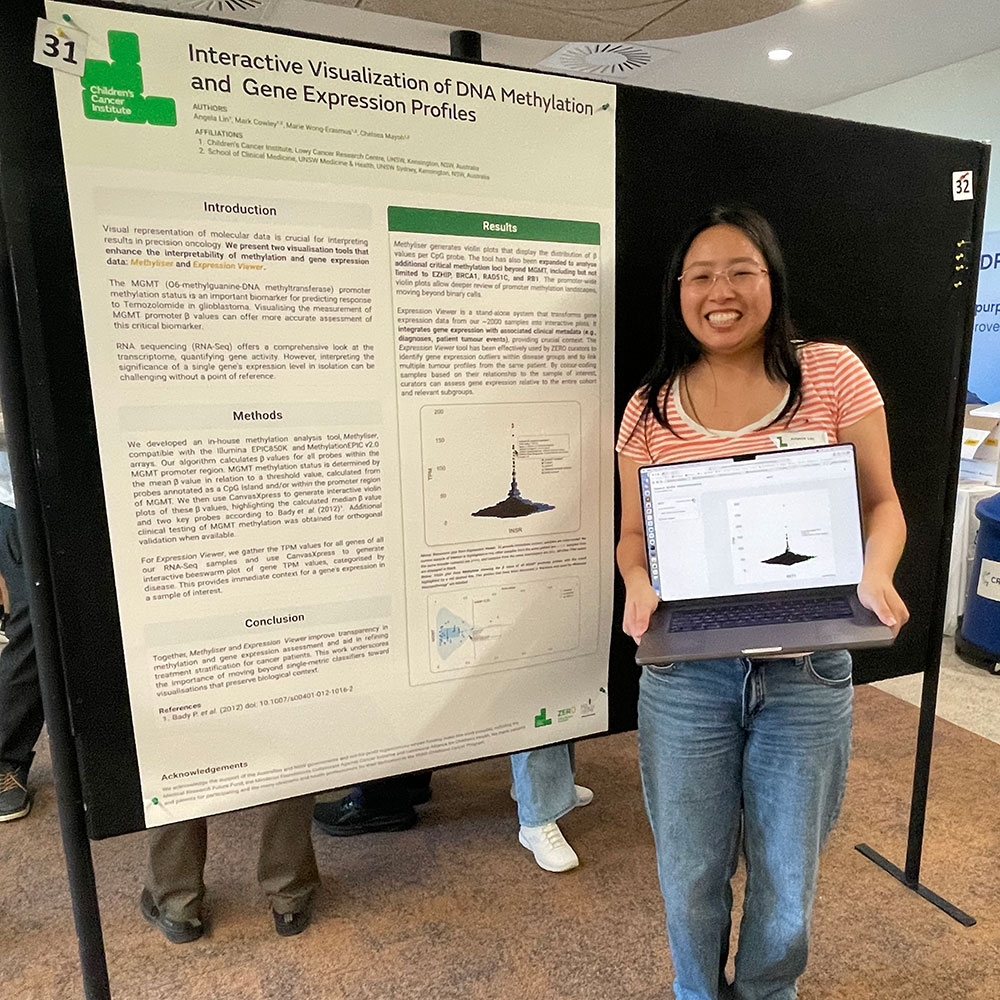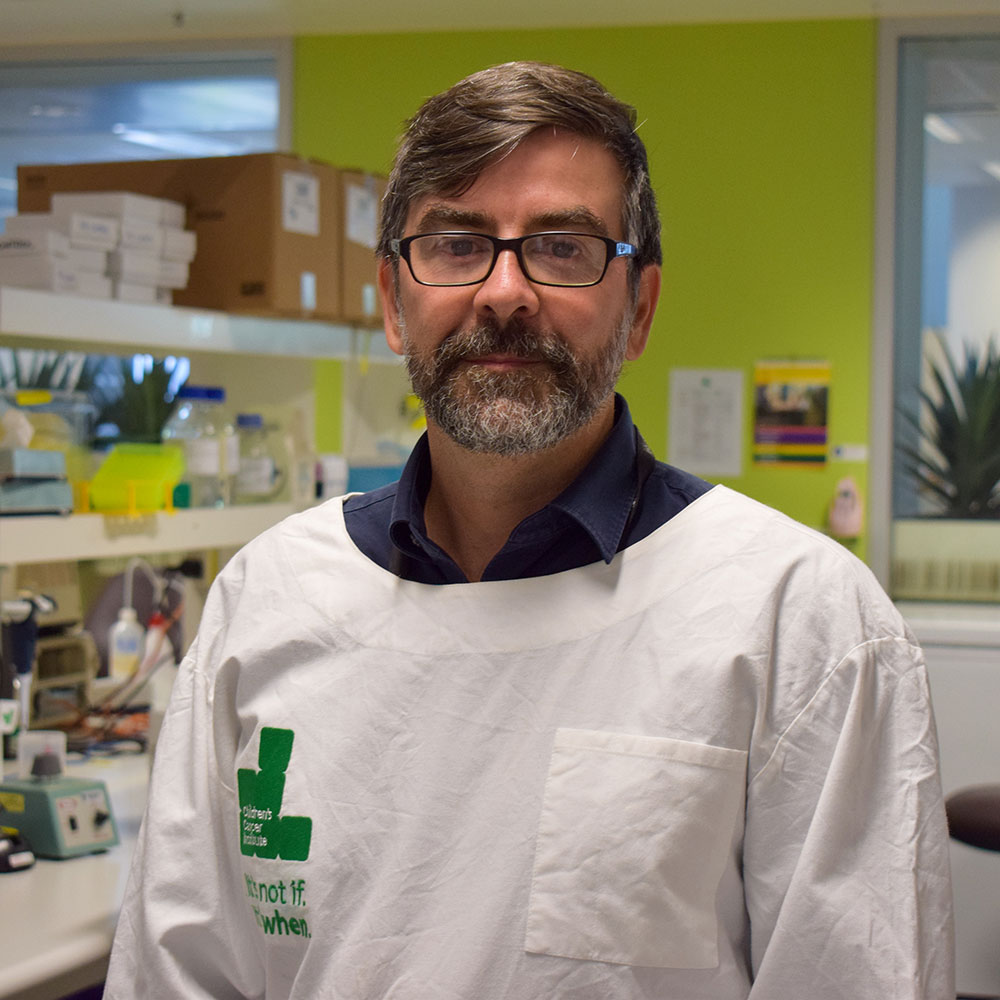Cancer is still surprising researchers, making the pathway to urgently-needed new treatments more difficult to predict. A combined team of researchers from Sydney Children’s Hospitals Network (SCHN) and Children’s Medical Research Institute (CMRI) studied an aggressive category of neuroblastoma, which is the most common solid cancer of childhood, and made a very surprising discovery that transforms our thinking about one of the ‘universal features’ of cancer.
Their work, published today in the prestigious scientific journal, Cell Reports, shows that about 11% of neuroblastomas defy current understanding. Neuroblastomas which are likely to grow aggressively are categorised as ‘high risk’ by cancer clinicians.
A major factor responsible for cancer growth is a specialised structure, called a telomere, found at both ends of all chromosomes (the bundles of DNA found in most cells). In normal cells, telomeres gradually become shorter, and this limits the number of times normal cells can multiply. Something must change inside a cancer cell—they need to find a way to lengthen telomere DNA—to allow it to keep multiplying, and therefore for the cancer to keep growing.

Telomeres and cancer
For many years, the presence of a telomere lengthening mechanism has been considered essential for the growth of essentially all cancers. Dr Loretta Lau (SCHN) and Professor Roger Reddel (CMRI), who jointly led the research team and collaborated with Professor Michelle Haber’s team at Children’s Cancer Institute, have now shown this isn’t always the case.
They found that 11% of high-risk neuroblastomas can keep growing without any method to lengthen their telomeres. That’s because something has gone wrong, probably during the child’s very early development, which has resulted in some cells having abnormally long telomeres – so long, that the cancer can keep on growing aggressively even though the cancer cells’ telomeres keep on shortening.
This means cancer biologists need to re-evaluate their understanding that the presence of a telomere lengthening process is a universal feature of cancer. Further research is needed to understand how to treat these cancers in future, as it is likely more exceptions will be found. Already, there is evidence from researchers in Belgium that a similar principle applies to melanomas, a common skin cancer which can also be very aggressive.
Collaborative research effort

This paradigm-shift in our understanding of cancer is the result of a collaborative research effort within Paediatrio.
Paediatrio is a cooperative joint venture between Sydney Children’s Hospitals Network, Children’s Medical Research Institute, and Children’s Cancer Institute established with the support of the NSW Government to coordinate and integrate paediatric research in Sydney. Paediatrio is affiliated with The University of Sydney and UNSW Sydney.
This study has been a seamless collaboration between the laboratories of Dr Loretta Lau, a paediatric medical oncologist who treats children with neuroblastomas at SCHN, and of Professor Roger Reddel at CMRI, who studies the role of telomeres and cellular immortality in cancer. Much of the work was done by PhD student, Rebecca Dagg, who has very recently been recruited to Oxford University.
Read the paper ‘Extensive Proliferation of Human Cancer Cells with Ever-Shorter Telomeres’, published in the 20 June issue of the journal Cell Reports.
This post is from the media release.
Top image: Telomeres are specialised structures at the ends of chromosomes (image: Alex Neumann, CMRI)















